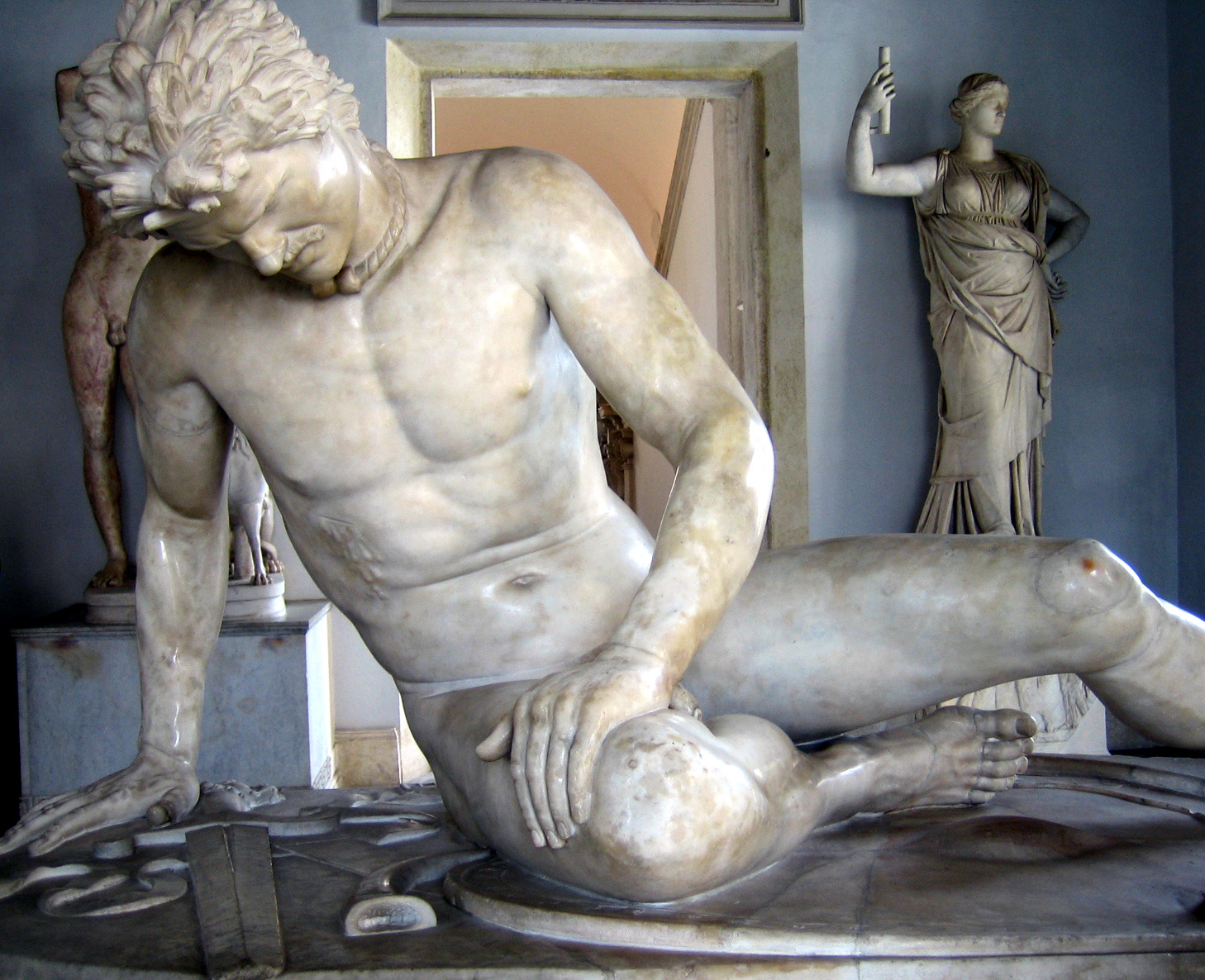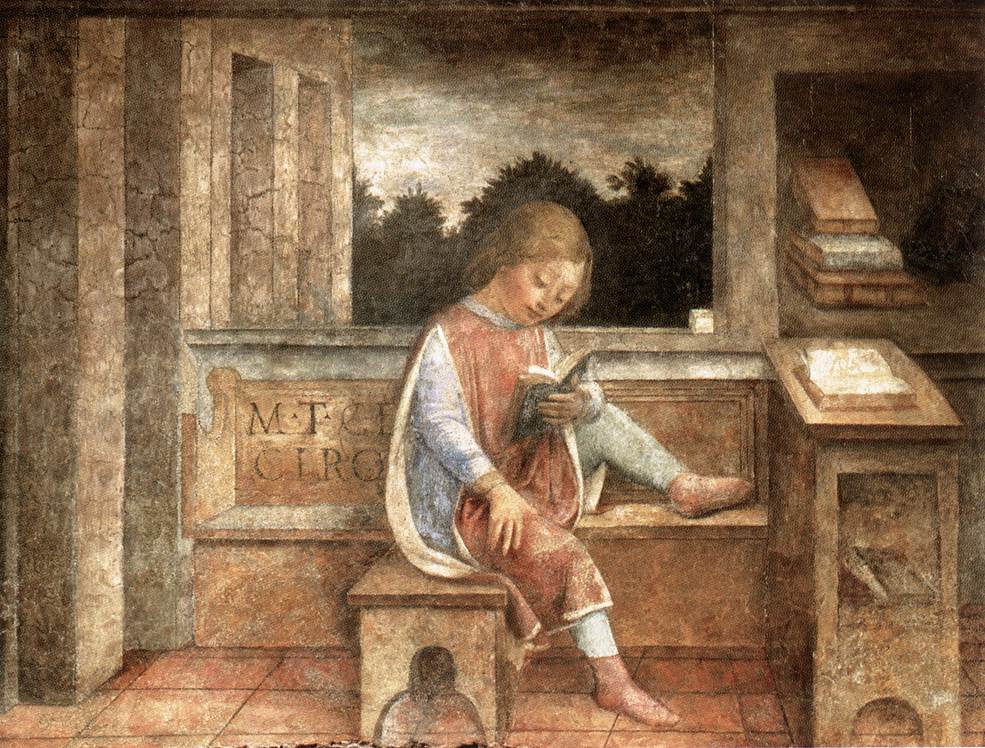|
Sebaginni
The Sebaginni were a Gallic tribe dwelling in the middle Durance valley during the Iron Age. Name They are mentioned as ''Sebaginnos'' (var. -''gninos'', ''Sabagnanos'') by Cicero (early 1st c. BC).Cicero. ''Pro P. Quinctio'', 25:80., s.v. ''Sebaginni''. The meaning of the name remains obscure. The first element, ''seba''-, can be compared with the personal names ''Seboθθu'', ''Sebosus'', ''Sebosiana'', and ''Sebbaudus''. The second component, -''ginn''-'','' may be Celtic, too. Geography The Sebaginni lived in the middle valley of the Durance river, north of present-day Sisteron (Segustero). Their territory was located south of the Avantici, east of the Vocontii, north of the Sogiontii The Sogionti or Sogiontii were a Gallic tribe dwelling around present-day Sisteron during the Iron Age. Name They are mentioned as ''Sogionti'' (var. ''songi''-, ''sonti''-) by Pliny (1st c. AD), Pliny. ''Naturalis Historia''3:20 and as ''Sog ..., and west of the Edenates and Gall ... [...More Info...] [...Related Items...] OR: [Wikipedia] [Google] [Baidu] |
Vocontii
The Vocontii (Gaulish: *''Uocontioi''; Greek: Οὐοκόντιοι, Οὐοκοντίων) were a Gallic people dwelling on the western foothills of the Alps during the Iron Age and the Roman period. The Vocontii settled in the region in the 3rd century BC at the latest. Pompeius Trogus, a Gallo-Roman historian and citizen of Vasio during the 1st century BC, was a member of the Vocontii. During the Roman period, they were probably at the head of a confederation that included the Sogiontii, Avantici, Sebaginni and Vertamocorii. Name They are mentioned as ''Vocontiorum'' by Caesar (mid-1st c. BC), Livy (late 1st c. BC), Pliny (1st c. AD) and Pomponius Mela (mid-1st c. AD), as ''Ouokóntioi'' (Οὐοκόντιοι) and ''Ouokontíōn'' (Οὐοκοντίων) by Strabo (early 1st c. AD), ''Ou̓okóntioi'' (Οὐοκόντιοι) by Ptolemy (2nd c. AD), and as ''Bocontii'' on the ''Tabula Peutingeriana''. The ethnonym ''Vocontī'' is a latinized form of Gaulish *''Uocon ... [...More Info...] [...Related Items...] OR: [Wikipedia] [Google] [Baidu] |
Sogiontii
The Sogionti or Sogiontii were a Gallic tribe dwelling around present-day Sisteron during the Iron Age. Name They are mentioned as ''Sogionti'' (var. ''songi''-, ''sonti''-) by Pliny (1st c. AD), Pliny. ''Naturalis Historia''3:20 and as ''Sogionti'' and ''Sogion ir(um)'' on inscriptions., s.v. ''Sogiontii''. The meaning of the name remains obscure. Guy Barruol compared the first element to the toponym ''Soio''. Geography The Sogiontii lived in the middle valley of the Durance river, around present-day Sisteron (Segustero). Their territory was located north of the Reii, west of the Bodiontici, east of the Vocontii The Vocontii (Gaulish: *''Uocontioi''; Greek: Οὐοκόντιοι, Οὐοκοντίων) were a Gallic people dwelling on the western foothills of the Alps during the Iron Age and the Roman period. The Vocontii settled in the region in the 3rd ..., and south of the Sebaginni., Map 16: Col. Forum Iulii-Albingaunum. They were probably part of the Vocontian ... [...More Info...] [...Related Items...] OR: [Wikipedia] [Google] [Baidu] |
Edenates
The Adanates or Edenates were a small Gallic tribe dwelling around present-day Seyne, in the Alpes Cottiae, during the Iron Age. Name They are mentioned as ''Edenates'' (var. '-) by Pliny (1st c. AD),Pliny. ''Naturalis Historia''3:20 and as ''Adanatium'' on the Arc of Susa., s.v. ''Edenates''. The etymology of the name ''Adanates'' is unclear. Guy Barruol has proposed to compare it with ''Adenatius'' (or ''Adenatis'') and ''Adana'', and postulated an original *''Senedenates'', with loss of the initial ''s-'' retained in ''Sedena''. According to Alexander Falileyev, "if the original form was indeed *''Sed-'', the name could be Celtic, from ''sedo-'' 'seat, location'; but in view of the form recorded in inscriptions, it is unlikely. If ''Eden-'' is the original form, the name does not appear Celtic." Xavier Delamarre has proposed to interpret the name as ''Ed-en-ati'' ('those from the land/country'), from a Gaulish stem ''edo-(n)-'' ('space, land'). Geography The Adanates dwel ... [...More Info...] [...Related Items...] OR: [Wikipedia] [Google] [Baidu] |
Gallitae
The Gallitae were a Gallic tribe dwelling in the upper valley of the Bléone river (Alpes-de-Haute-Provence) during the Iron Age. Name They are mentioned as ''Gallitae'' (var. -''tre'') by Pliny (1st c. AD) and on an inscription.Pliny. ''Naturalis Historia''3:20 CIL 5:7817, s.v. ''Gallitae''. The name ''Gallitae'' appears to be based on the Celtic root ''gal(l)-'', meaning 'power, ability', which can also be found in the ethnic names ''Galli'' (Gauls) and '' Galátai'' (Galatians). Geography The Gallitae lived in the upper valley of the Bléone river, in a land later called ''ager Galadius'' in the early Middle Ages (813–814 AD). Their territory was located north of the Bodiontici, east of the Sogiontii and Sebaginni, west of the Eguiturii, south of the Edenates., Map: 16 Col. Forum Iulii-Albingaunum; Map 17: Lugdunum. History They are mentioned by Pliny the Elder as one of the Alpine tribes conquered by Rome in 16–15 BC, and whose name was engraved on the Tropaeum Al ... [...More Info...] [...Related Items...] OR: [Wikipedia] [Google] [Baidu] |
Gauls
The Gauls ( la, Galli; grc, Γαλάται, ''Galátai'') were a group of Celtic peoples of mainland Europe in the Iron Age and the Roman period (roughly 5th century BC to 5th century AD). Their homeland was known as Gaul (''Gallia''). They spoke Gaulish, a continental Celtic language. The Gauls emerged around the 5th century BC as bearers of La Tène culture north and west of the Alps. By the 4th century BC, they were spread over much of what is now France, Belgium, Switzerland, Southern Germany, Austria, and the Czech Republic, by virtue of controlling the trade routes along the river systems of the Rhône, Seine, Rhine, and Danube. They reached the peak of their power in the 3rd century BC. During the 4th and 3rd centuries BC, the Gauls expanded into Northern Italy ( Cisalpine Gaul), leading to the Roman–Gallic wars, and into the Balkans, leading to war with the Greeks. These latter Gauls eventually settled in Anatolia, becoming known as Galatians. After the en ... [...More Info...] [...Related Items...] OR: [Wikipedia] [Google] [Baidu] |
Durance
The Durance (; ''Durença'' in the Occitan classical norm or ''Durènço'' in the Mistralian norm) is a major river in Southeastern France. A left tributary of the Rhône, it is long. Its drainage basin is .Bassin versant : Durance (La) Observatoire Régional Eau et Milieux Aquatiques en PACA Its source is in the southwestern part of the , in the Montgenèvre ski resort near Briançon; it flows southwest through the following |
La Tène Culture
The La Tène culture (; ) was a European Iron Age culture. It developed and flourished during the late Iron Age (from about 450 BC to the Roman conquest in the 1st century BC), succeeding the early Iron Age Hallstatt culture without any definite cultural break, under considerable Mediterranean influence from the Greeks in pre-Roman Gaul, the Etruscans, and the Golasecca culture, but whose artistic style nevertheless did not depend on those Mediterranean influences. La Tène culture's territorial extent corresponded to what is now France, Belgium, Switzerland, Austria, England, Southern Germany, the Czech Republic, parts of Northern Italy and Central Italy, Slovenia and Hungary, as well as adjacent parts of the Netherlands, Slovakia, Serbia, Croatia, Transylvania (western Romania), and Transcarpathia (western Ukraine). The Celtiberians of western Iberia shared many aspects of the culture, though not generally the artistic style. To the north extended the contemporary P ... [...More Info...] [...Related Items...] OR: [Wikipedia] [Google] [Baidu] |
Cicero
Marcus Tullius Cicero ( ; ; 3 January 106 BC – 7 December 43 BC) was a Roman statesman, lawyer, scholar, philosopher, and academic skeptic, who tried to uphold optimate principles during the political crises that led to the establishment of the Roman Empire. His extensive writings include treatises on rhetoric, philosophy and politics, and he is considered one of Rome's greatest orators and prose stylists. He came from a wealthy municipal family of the Roman equestrian order, and served as consul in 63 BC. His influence on the Latin language was immense. He wrote more than three-quarters of extant Latin literature that is known to have existed in his lifetime, and it has been said that subsequent prose was either a reaction against or a return to his style, not only in Latin but in European languages up to the 19th century. Cicero introduced into Latin the arguments of the chief schools of Hellenistic philosophy and created a Latin philosophical voc ... [...More Info...] [...Related Items...] OR: [Wikipedia] [Google] [Baidu] |
Sisteron
Sisteron (; , oc, label= Mistralian norm, Sisteroun; from oc, label=Old Occitan, Sestaron) is a commune in the Alpes-de-Haute-Provence department, Provence-Alpes-Côte d'Azur, southeastern France. Sisteron is situated on the banks of the river Durance just after the confluence of the rivers Buëch and Sasse. It is sometimes called the "Gateway to Provence" because it is in a narrow gap between two long mountain ridges. It is from Marseille, also from Grenoble, from Nice and from Forcalquier. There are of forest and wood within the commune.Roger Brunet, �Canton de Sisteron», ''Le Trésor des régions'', read 9 June 2013. History Sisteron has been inhabited for 4000 years. The Romans used the route through Sisteron as can be shown by a Latin inscription in the rocks near the road to Authon. It escaped the barbarian invasions after the fall of Rome, but was ravaged by the Saracens. It was first fortified by the Counts of Forcalquier in the 11th century and late ... [...More Info...] [...Related Items...] OR: [Wikipedia] [Google] [Baidu] |
Avantici
The Avantici (Gaulish: *''Auanticoi'') were a small Gallic tribe dwelling around present-day Gap, in the western part of the modern Hautes-Alpes department, during the Roman period. Name They are only mentioned once as ''Avanticos'' (var. ''acanticos'', ''aganticos'') by Pliny (1st c. AD). Pliny. ''Naturalis Historia'', 3:37., s.v. ''Avantici''. The Gaulish ethnonym ''Avantici'' is a latinized form of the Gaulish *''Auanticoi'' (sing. ''Auanticos''), deriving from the stem ''auant''- ('source') attached to the adjectival suffix -''ico''-. The stem does not appear to be Celtic. As the hydronymic lexicon is particularly resistant to name changes, the stem ''auant''- is probably a term of pre-Celtic Indo-European origin (cf. Latv. ''avuots'' 'source', Skr. ''avatá''- 'well, cistern'), which eventually came to be adopted by the Celts; the latter may have made use of it in proper names only. Geography Territory The territory of the Avantici roughly corresponded to the l ... [...More Info...] [...Related Items...] OR: [Wikipedia] [Google] [Baidu] |
Historical Celtic Peoples
History (derived ) is the systematic study and the documentation of the human activity. The time period of event before the invention of writing systems is considered prehistory. "History" is an umbrella term comprising past events as well as the memory, discovery, collection, organization, presentation, and interpretation of these events. Historians seek knowledge of the past using historical sources such as written documents, oral accounts, art and material artifacts, and ecological markers. History is not complete and still has debatable mysteries. History is also an academic discipline which uses narrative to describe, examine, question, and analyze past events, and investigate their patterns of cause and effect. Historians often debate which narrative best explains an event, as well as the significance of different causes and effects. Historians also debate the nature of history as an end in itself, as well as its usefulness to give perspective on the problems o ... [...More Info...] [...Related Items...] OR: [Wikipedia] [Google] [Baidu] |




.jpg)